Gladiatorial games were a defining feature of ancient Rome, captivating audiences with brutal combat and theatrical spectacle. These events, known as munera, were more than entertainment; they were a reflection of Roman social values, political power, and cultural identity.
The economic impact of gladiatorial games on Roman cities was profound. Hosting these spectacles required significant financial investment and generated ripple effects across local economies. From funding gladiators and animals to maintaining amphitheaters, the expenses were substantial. At the same time, the influx of spectators stimulated trade, employment, and urban development.
This article explores the multifaceted economic impact of gladiatorial games on Roman cities, revealing how these events shaped urban economies, influenced political careers, and contributed to the growth and integration of the Roman Empire’s diverse regions.
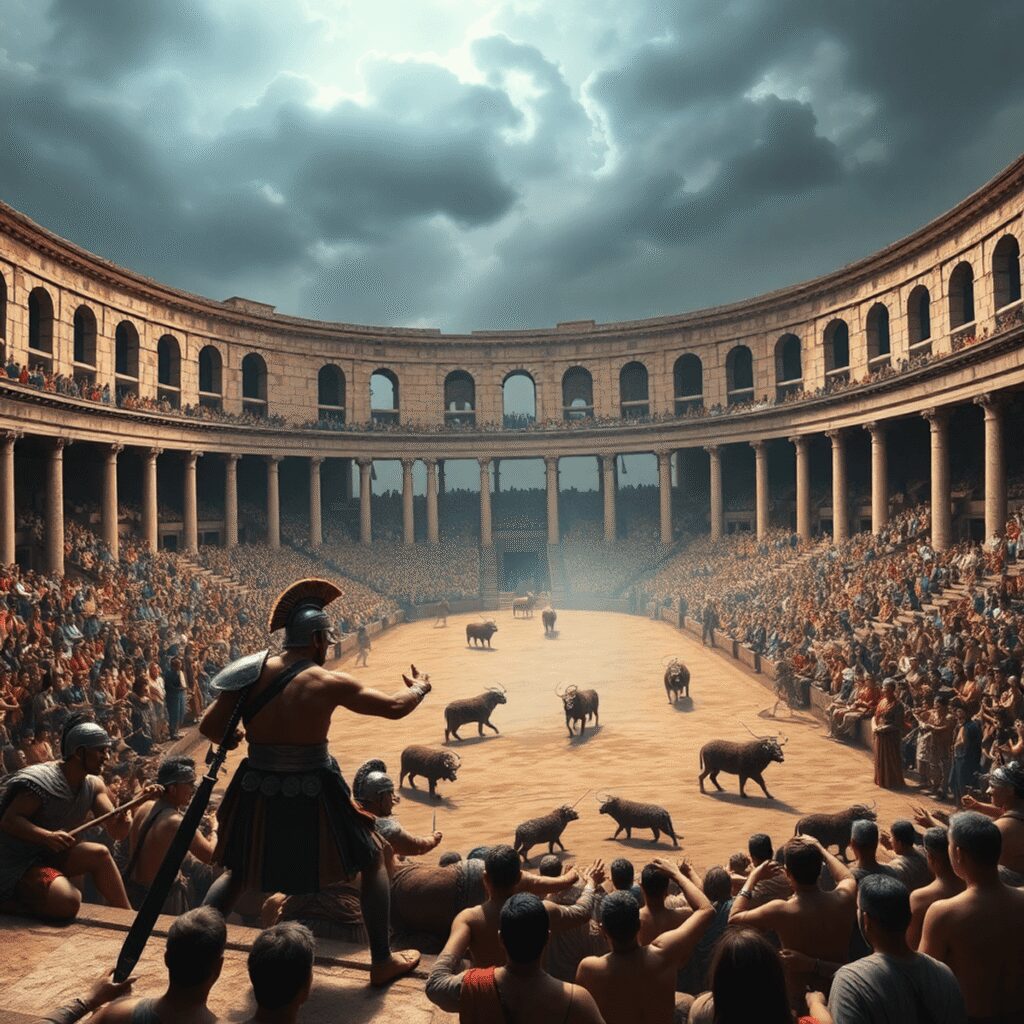
Funding Gladiatorial Games
Gladiatorial games required substantial funding sources to cover their high costs. Primary financing came from the Roman state, especially during major public festivals or imperial celebrations. However, much of the financial burden fell on wealthy politicians and magistrates who sponsored games to enhance their social standing and secure political favor. These individuals often used personal wealth to fund spectacles, viewing the games as investments in their careers.
Breakdown of Expenses
Organizing gladiatorial games involved diverse and significant expenses, including:
- Payment for gladiators: Skilled fighters commanded high fees, with costs varying according to rank and reputation.
- Animals and exotic beasts: Venationes (animal hunts) required purchasing or capturing wild creatures, adding complexity and expense.
- Venue maintenance: Amphitheaters needed regular upkeep, seating arrangements, safety measures, and sometimes temporary structures.
- Support personnel: Trainers, animal handlers, armorers, and slaves played essential roles behind the scenes.
- Public amenities: Food vendors, entertainers, and security services contributed indirectly but added to overall expenditures.
Influence of Senatorial Decrees
Senatorial decrees played a crucial role in regulating the escalating costs of gladiatorial events. During the reigns of emperors like Marcus Aurelius and Commodus, laws standardized expenses by categorizing gladiators into ranks with fixed payment scales. These regulations aimed to prevent excessive spending that could bankrupt sponsors while preserving the spectacle’s grandeur.
A notable example includes a decree capping costs between 30,000 and 200,000 sesterces depending on the scale of the event. This cost control mechanism balanced fiscal responsibility with maintaining public enthusiasm for gladiatorial games. It also highlighted how closely intertwined economics and politics were in the management of these spectacles.
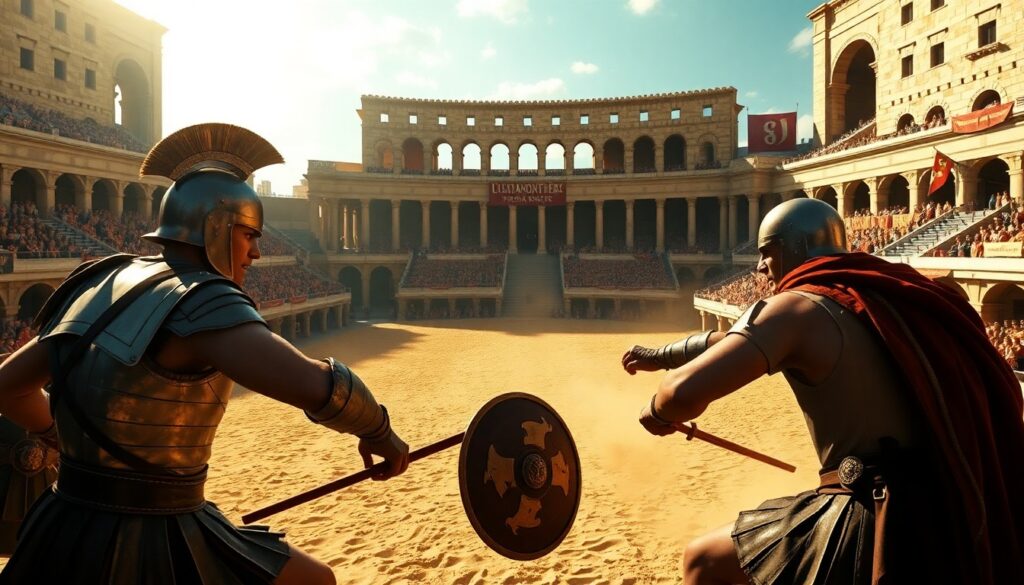
Economic Stimulus and Local Economies
The economic impact of gladiatorial games on Roman cities extended beyond funding and expenses. These spectacles created a ripple effect that influenced various aspects of local economies:
1. Impact on Employment
Gladiatorial games provided a significant source of employment opportunities for a wide range of individuals. From gladiators to animal handlers, craftsmen to entertainers, these events fueled demand for labor in different sectors. Slaves were often trained as gladiators or tasked with various roles within the organization of the games, creating job opportunities that might not have existed otherwise.
2. Contribution to Urban Development
The construction and maintenance of amphitheaters for hosting gladiatorial games played a crucial role in urban development. These structures not only served as venues for entertainment but also became architectural landmarks that shaped the cityscape. The need for larger and more elaborate arenas drove innovation in engineering and construction techniques, leaving a lasting imprint on the infrastructure of Roman cities.
3. Boost in Local Trade and Commerce
The influx of spectators from near and far to attend gladiatorial games brought about a surge in local trade and commerce. Merchants selling food, drinks, souvenirs, and other goods thrived during these events. Additionally, the demand for lodging increased, benefiting innkeepers and tavern owners. The economic activity surrounding the games stimulated the local economy and fostered a vibrant commercial ecosystem within Roman cities.
The economic repercussions of gladiatorial games went beyond the arena, permeating various facets of urban life and contributing to the vitality and growth of Roman cities.
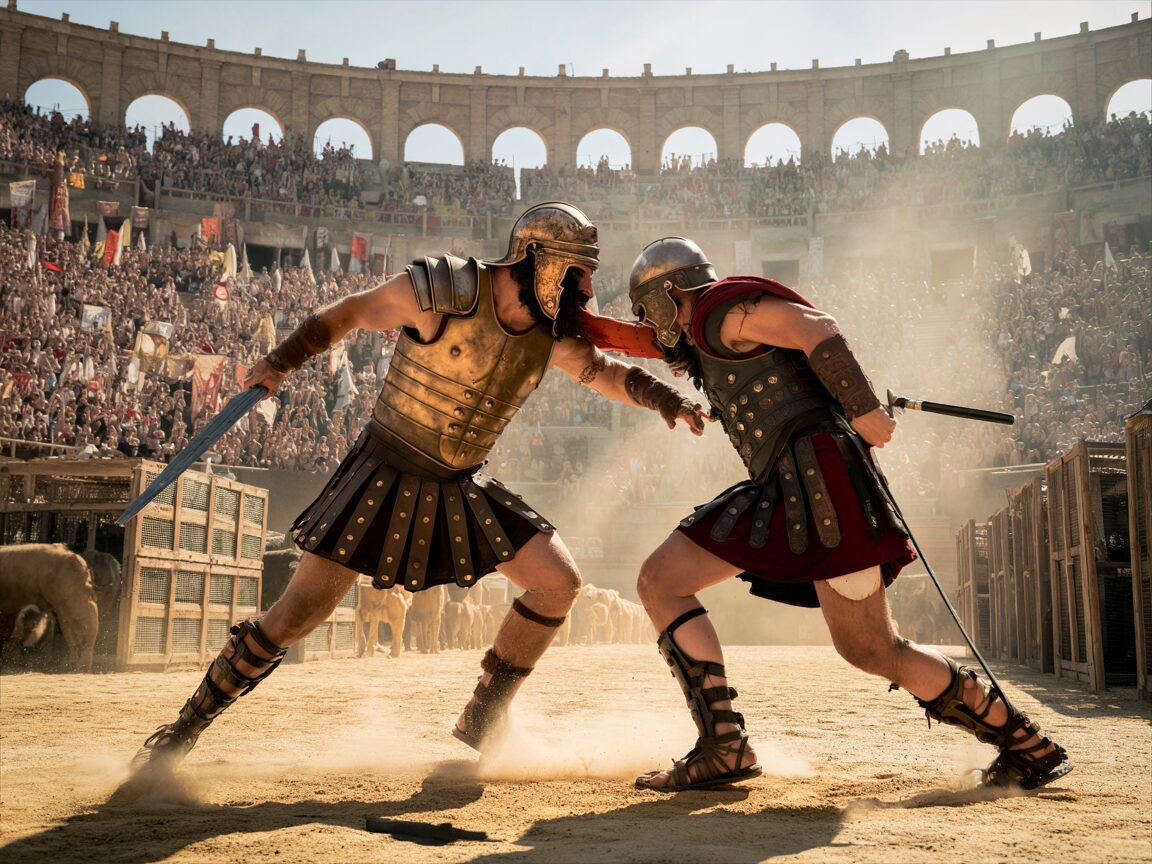
Cultural Integration and Economic Expansion
The influence of gladiatorial games went beyond just the city of Rome; it had a significant impact on Greek cities within the Roman Empire. Initially, these fights were a uniquely Roman event, but they were introduced to other regions as part of a larger effort to integrate cultures. This expansion played a vital role in shaping the regional economic activity related to entertainment and public events.
Adaptation of Public Structures
Many Greek cities made changes to their existing public buildings—like theaters and amphitheaters—to accommodate gladiatorial contests. These modifications were practical and cost-effective, allowing local authorities to take advantage of the popularity of such shows without having to spend money on expensive new construction right away. The process of adapting these structures also created jobs for architects, builders, and artisans, benefiting local economies even before the games started.
Economic Implications
The economic effects of this cultural integration were varied:
- Expansion of trade networks: Vendors supplying food, weapons, armor, and animals found new markets in Greek cities hosting games.
- Tourism boost: Residents from surrounding areas traveled to these events, increasing demand for lodging and other services.
- Cultural exchange: Gladiatorial games introduced Roman customs while blending with local traditions, encouraging commerce that spanned ethnic and regional lines.
The presence of gladiatorial contests in Greek urban centers shows that the Economic Impact of Gladiatorial Games on Roman Cities was not limited to Rome alone but also contributed to economic growth throughout the empire. Adapting regional infrastructures for these spectacles demonstrated a dynamic interaction between culture and economy that helped maintain both political authority and commercial vitality across Roman territories.
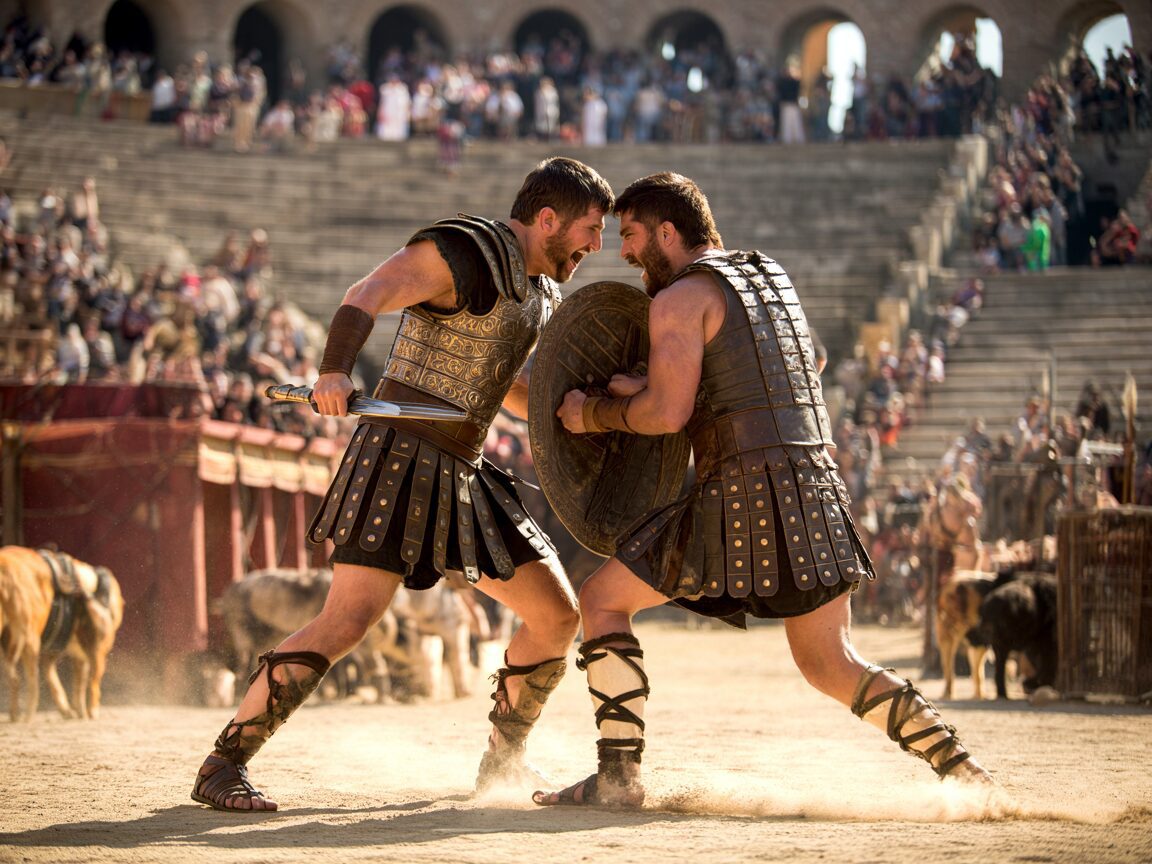
Social-Political Significance vs. Economic Benefits
Gladiatorial Games as a Social-Political Tool
Gladiatorial games were not just about entertainment; they played a crucial role in Roman society as a social-political tool. Emperors and politicians used these events to win over the public, display their power and authority, and maintain political control. The grandeur and scale of the games often mirrored the wealth and influence of those organizing them.
Economic Impact on Urban Centers
While gladiatorial games brought economic benefits to urban centers through increased trade, job opportunities, and infrastructure development, they also had financial risks and challenges. The high expenses involved in hosting these events could put a strain on city resources and lead to budget shortfalls. Moreover, the emphasis on funding extravagant games sometimes redirected resources from other critical community needs, causing tensions within the population.
This section explores how gladiatorial games served both as a means for those in power to exert control and as a driving force behind growth and prosperity in Roman cities.
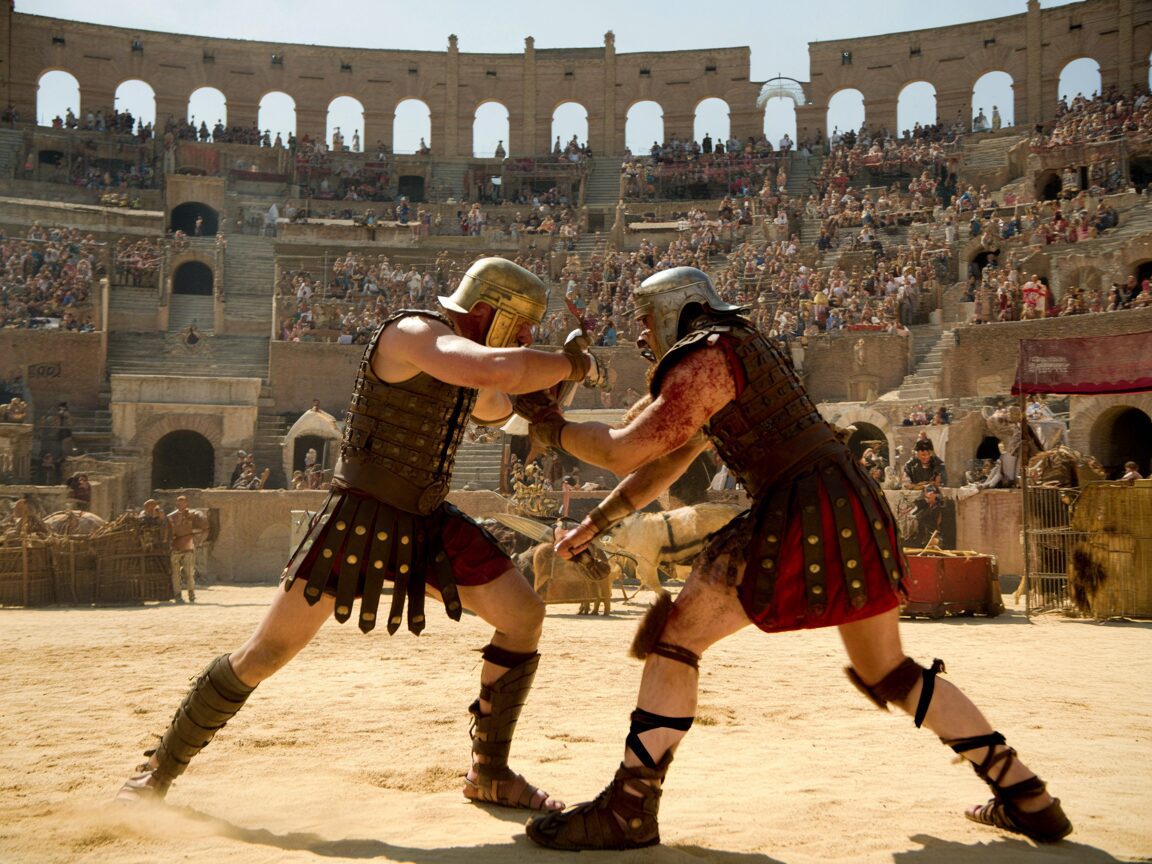
Legacy of Gladiatorial Games on Roman Cities
The legacy of gladiatorial games left a profound impact on Roman cities, shaping their social, economic, and cultural landscapes for generations to come. The economic effects of these events were felt long after the last fights took place in the arenas. We can still see their influence today in the development of infrastructure, the growth of local economies, and the blending of different cultures throughout the empire.
As Roman cities changed over time, the memory of gladiatorial games remained woven into their very existence. This serves as a reminder of the complex relationship between entertainment, politics, and economics in ancient society. The economic legacy of these games highlights their importance as more than just shows but as powerful forces that shaped the urban centers of the Roman world.

